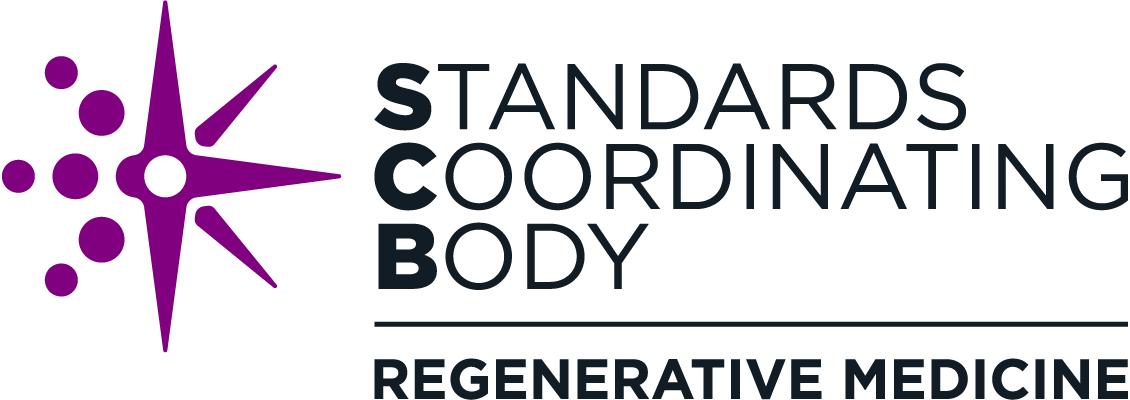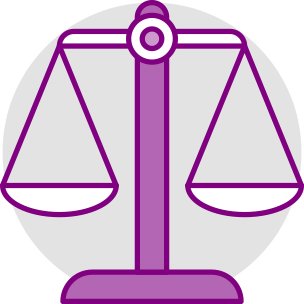Standards Development Process
Learn more about the steps involved in developing standards, the different kinds of organizations involved in their development, and how you can get involved in the process.
What is a Standards Development Organization (SDO)?
An SDO is an organization focused on developing, publishing, or disseminating technical standards to meet the needs of an industry or field.
Responsive to the Community: SDOs develop standards in a variety of topic areas in response to industry need, employing a process that involves input and perspectives from a variety of stakeholders, both national and international
Member Supported: SDOs are typically member-supported organizations that rely on volunteer participation from experts in relevant fields to draft and review standards
Free and Paid Offerings: While many SDOs charge a fee to access their standards, some offer standards to the public for free
Types of Organizations Developing Standards
SDOs may use consensus-based or non-consensus-based processes.
The American National Standards Institute (ANSI) accredits U.S. SDOs that follow a consensus-based process, also known as Voluntary Consensus Bodies (VCSBs).
Non-consensus standards are those developed in the private sector but not in the full consensus process (e.g., a standard for a particular company or focusing on a niche topic within a field)
There are five types of organizations that develop standards:
ANSI-Accredited SDOs / VCSBs
Professional and Scientific Organizations
Certification / Accreditation Bodies
Pharmacopeia
Government Agencies
Learn More
View a comprehensive list of organizations developing standards in the regenerative medicine space.
Attributes of Consensus-Based StandardS Development Processes
According to OMB Circular A-119, the Federal Government prefers the use of Voluntary Consensus Standards (VCS) rather than government-developed standards. VCS are developed by Voluntary Consensus Bodies (VCSB) that have the following attributes:
Openness: Standards development procedures are transparent and allow anyone with interest to have a voice in the process
Balance of Interest: Standards reflect a broad range of perspectives
Due Process: Standards development processes are well organized and documented so stakeholders can participate meaningfully and feel confident in the fairness of decisions
Appeals Process: Impartial handling of procedural appeals provides an opportunity for stakeholders to dispute decisions
Consensus: Fair, impartial, open, and transparent processes are leveraged to arrive at a general agreement between stakeholders
Process for Developing a Standard
Overview
The standards development process is generally divided into 3 main activities phases:
Pre-development activities
Identify needed standards
Conduct feasibility assessments
Draft an outline of the standard
Standards development organization processes
Submission of a proposal to an SDO
Drafting and commenting period
Draft review by SDO committees and subcommittees prior to publication
Post-publication outreach activities
For ANSI-accredited SDOs, this includes a 5-year post-publication review to see if the standard needs to be revised or withdrawn
Process Detail
Although standards development procedures vary among SDOs, the process typically includes the following detailed steps in the phases outlined above:
Identify Needs
Identify the need for a written/documentary standard or reference material/physical standard
Prioritize Standards
Solicit input from the community to determine which areas of need would have the greatest benefit for the field if standardized
Assess Feasibility
Gather experts to discuss the feasibility of developing the standard and confirm whether a standard has the necessary technical foundation and community support to move forward
Initiation
Present the standard concept to an SDO or other standards developing body and receive acceptance for standard development
Initial Drafting
Experts within a working group begin to draft the standard
Review/Comment
Drafts of the written standard are circulated for comment, voting, and editing. Reference materials/physical standards may be distributed for testing and certification to ensure that they serve their intended purpose
Final Voting
A final round of voting is conducted and the standard is approved for publication
Finalization
Final changes are incorporated into the standard and it is prepared for publication
Ongoing Education and Outreach
The standard is published and standard champions communicate with the public to raise awareness of its availability and increase understanding of its value and implementation
View any of the SCB project working group pages to see these steps in action.
SDO-Specific Processes
SDO processes may vary. Learn more:
Contact SCB if your SDO has a custom process that should be featured here.
Who Can Participate in Developing a Standard
Anyone who may be impacted by the standard or who has relevant technical knowledge to inform standards development.
The standards development process is open to any individual or organization affected by the standard. Such groups include but are not limited to:
Regenerative medicine product developers (e.g., manufacturers of cell therapy, gene therapy, and tissue engineering products)
Industry suppliers (e.g., raw material providers, equipment manufacturers, product component developers, or service providers)
Contract development and manufacturing organizations (CDMOs)
Researchers or representatives of academic institutions
Healthcare providers or clinicians
Regulators (e.g., FDA) and non-regulatory government agencies (e.g., NIST)
Patient advocacy organizations
Participants are volunteers and may choose to participate either as an individual or as a representative of their group or company.
LEARN MORE
Participate in the Standards Development Process includes more information on different ways to get involved in standards development




















